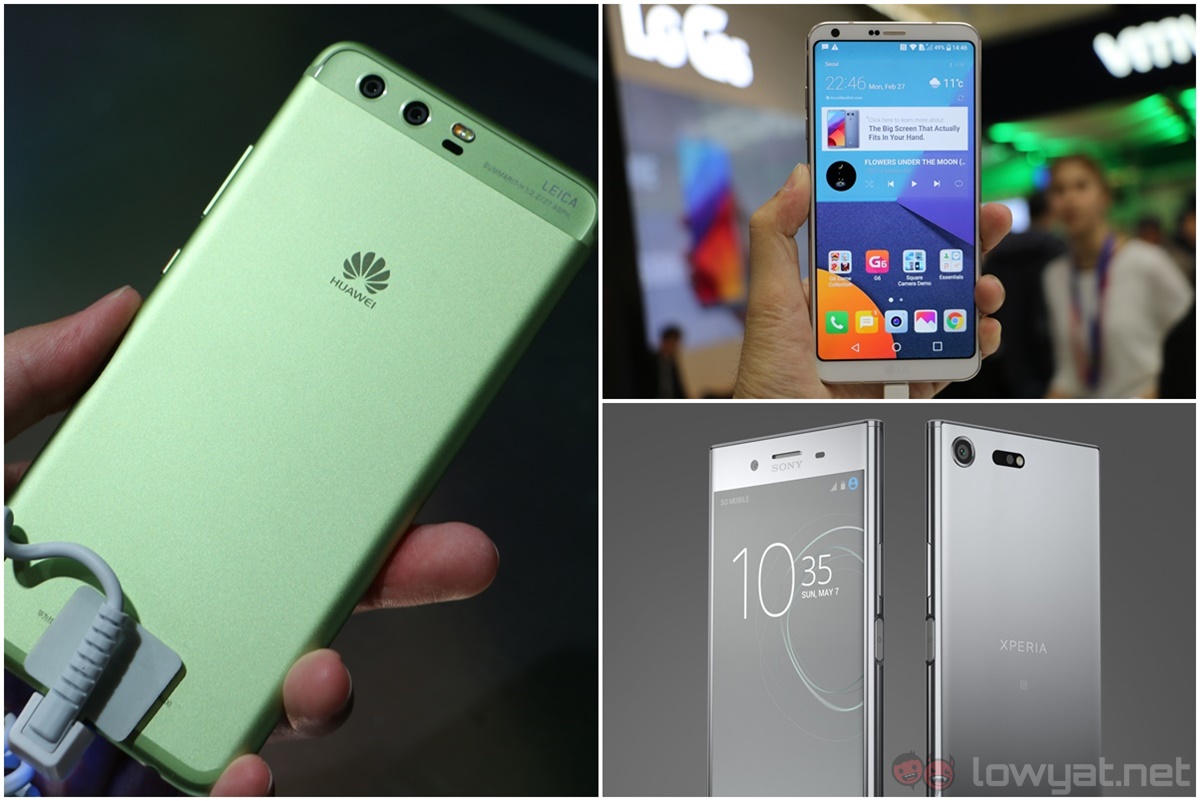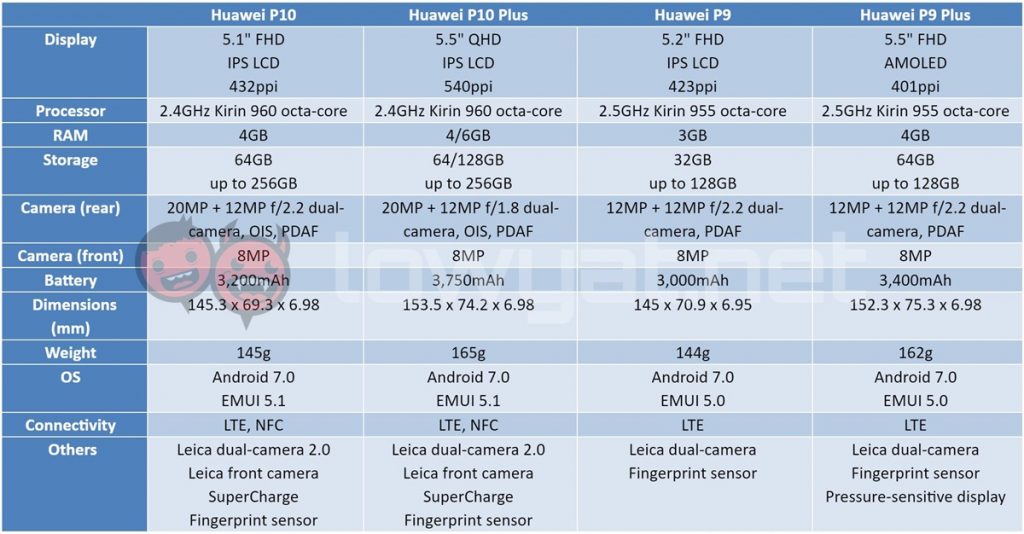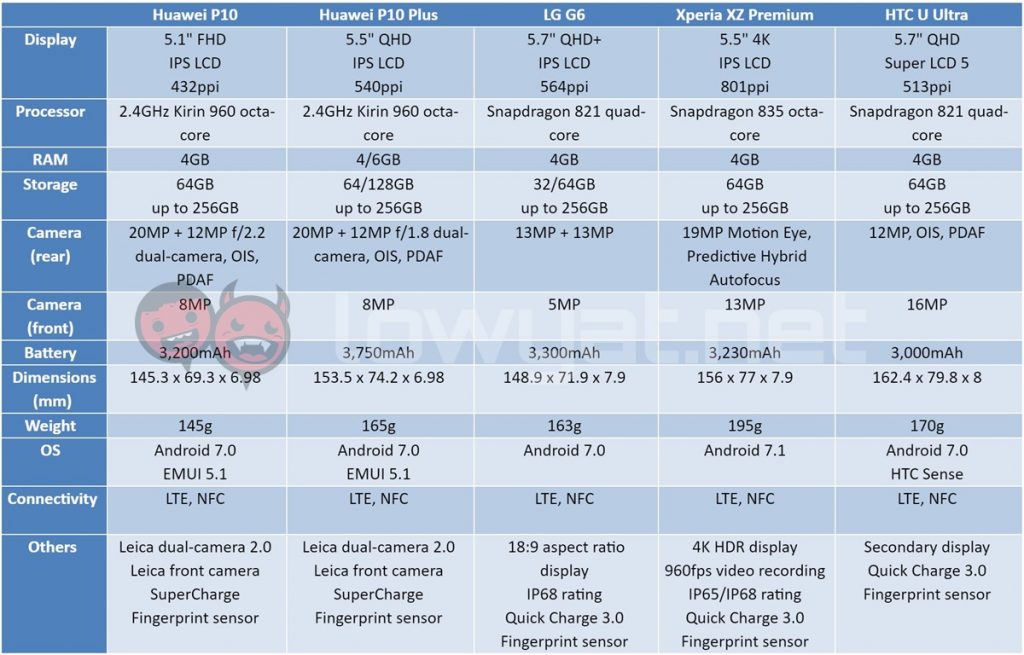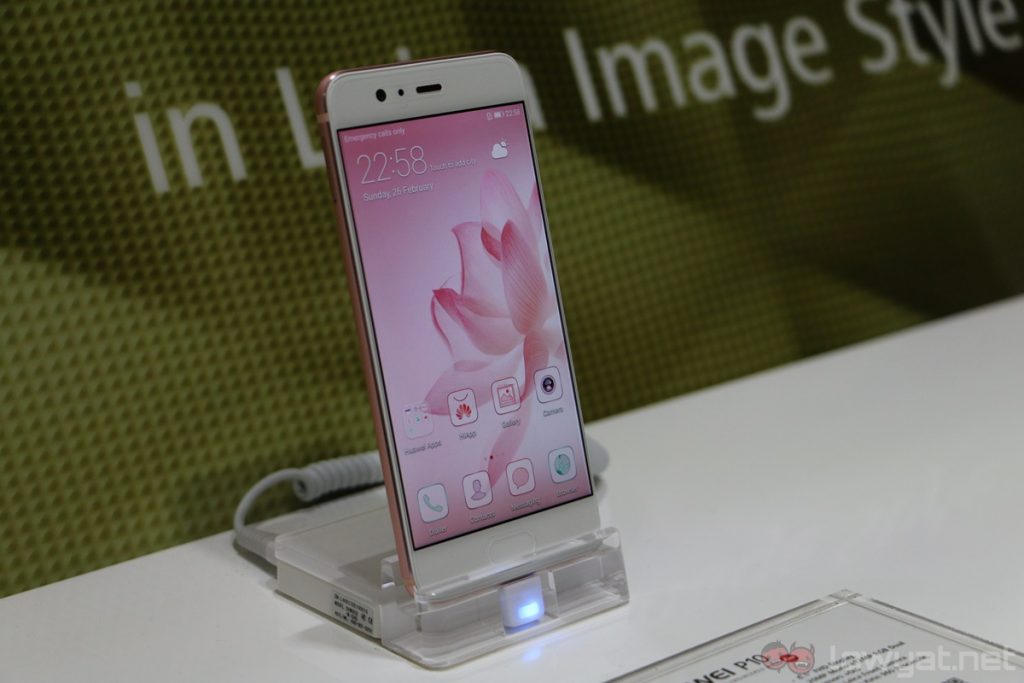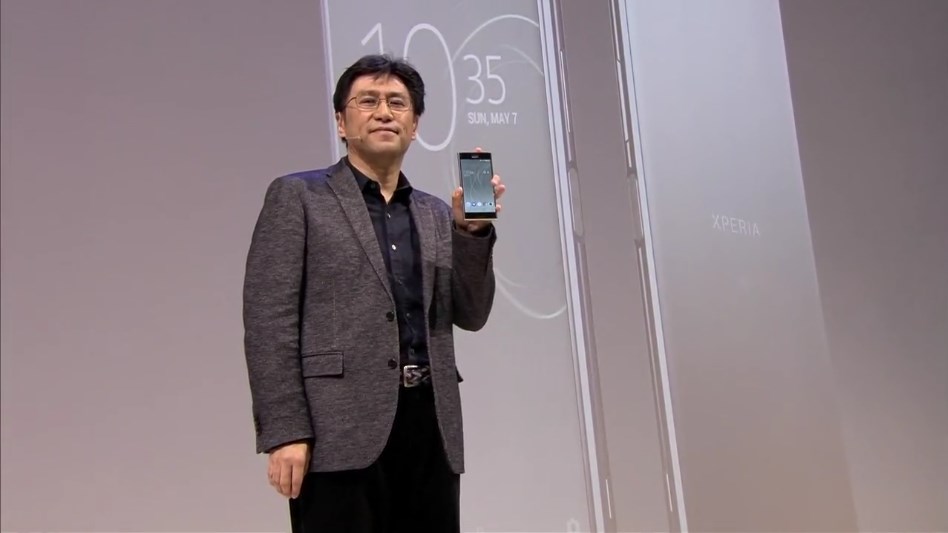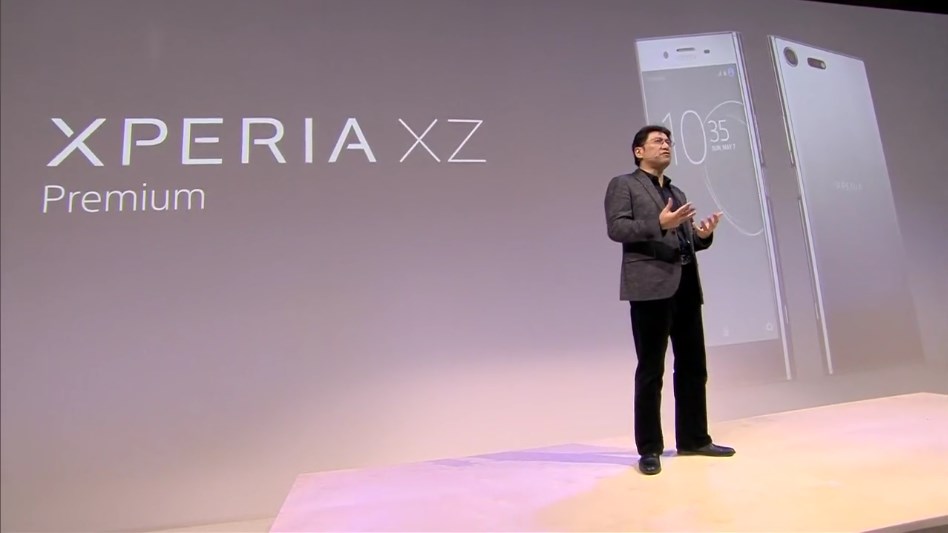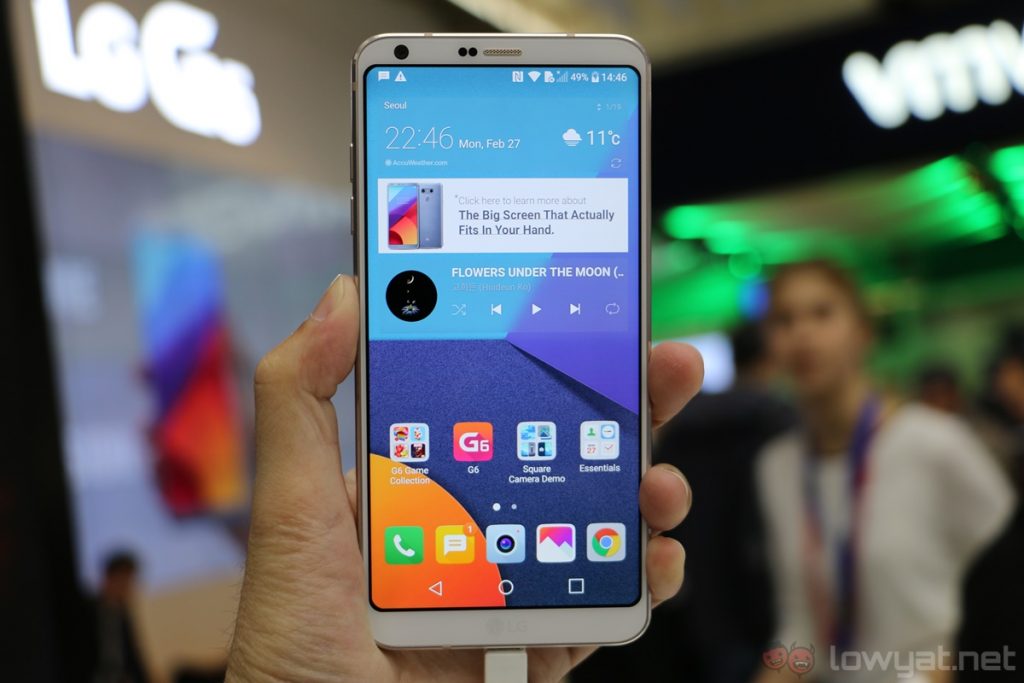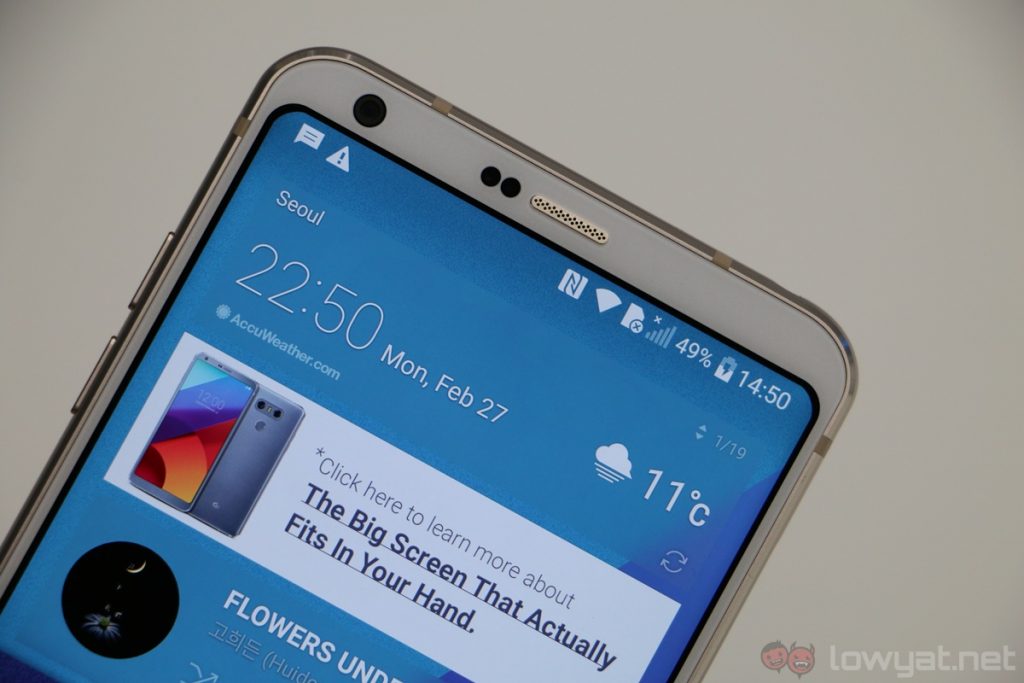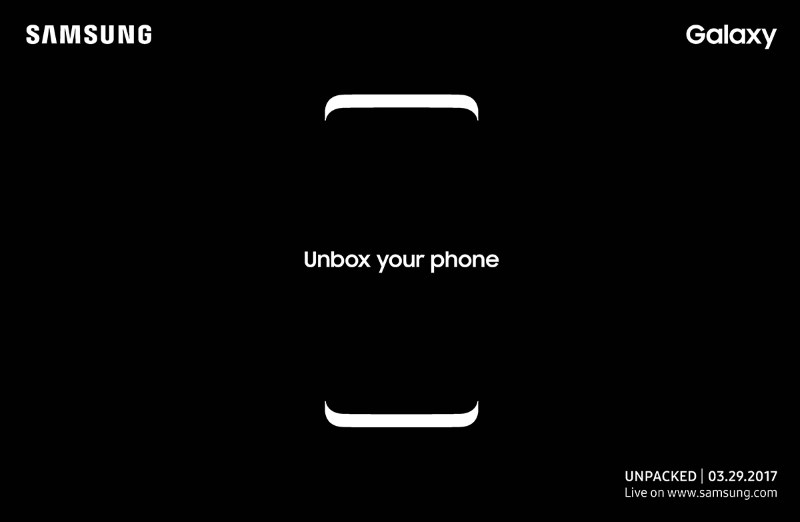It’s MWC 2017, and as is always the case, a slew of flagship smartphones have been unveiled at the annual tech convention. In the past couple of days, we have seen Huawei unveil the new P10 series, LG with its unique G6, and also Sony, which has introduced yet another 4K smartphone, the Xperia XZ Premium. Without further ado, let’s compare the specifications of these 2017 flagships.
Let’s start by comparing the Huawei P10 and P10 Plus to its predecessors. With their specifications laid out side by side, it’s evident that the P10 phones are better than the P9 devices in almost every aspect. The P10 and P10 Plus have bigger batteries, faster processors, improved cameras – especially the P10 Plus with its bigger f/1.8 aperture – and a sharper display on the P10 Plus.
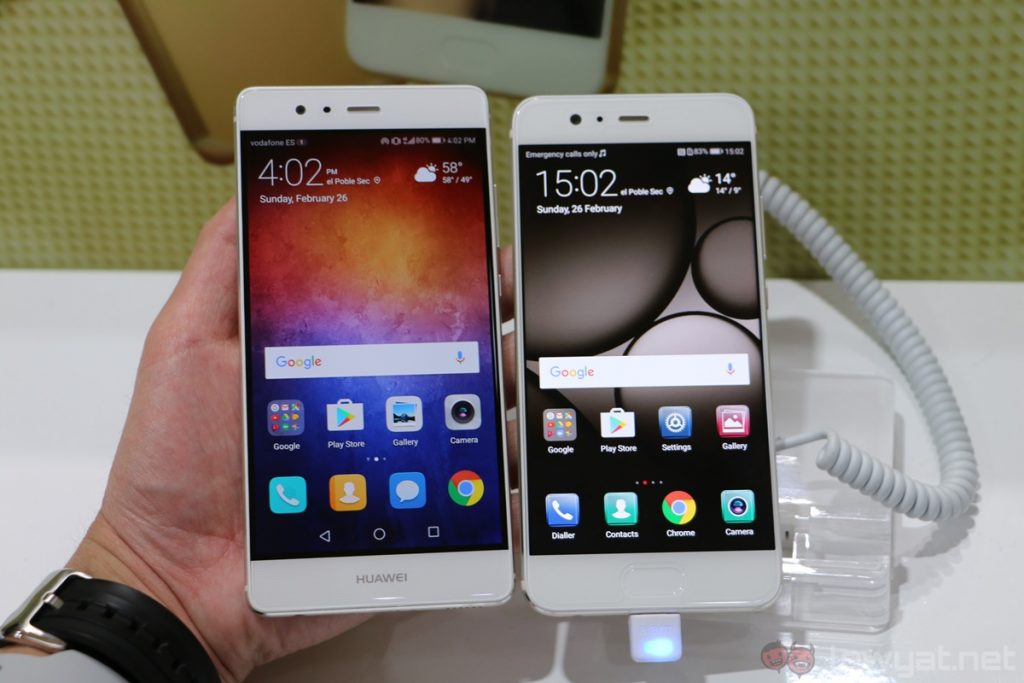 The Huawei P9 (left) and Huawei P10.
The Huawei P9 (left) and Huawei P10.
Despite these improvements, it’s odd that Huawei decided to move from the AMOLED display of the P9 Plus to an IPS LCD one on the P10 Plus, though the added pixel count is definitely a welcome change. Also, the pressure-sensitive display of the P9 Plus is no longer available on its successor. As for the P10, it has a slightly smaller display than its predecessor too.
In comparison to other flagship devices unveiled recently, the P10 smartphones can definitely hold their own, especially when it comes to battery capacity. Take the P10 Plus: despite packing only a 5.5-inch 1440p display, its 3,750mAh battery is considerably bigger than the LG G6, Sony Xperia XZ Premium and the HTC U Ultra’s battery capacities; all of which have bigger or higher resolution displays than the P10 Plus.
Then again, the P10 and P10 Plus do have their fair share of shortcomings; one of which is the lack of dust and water resistance. Now, Huawei did mention that the P10 devices are somewhat water-resistant, but they don’t have the IP68 rating of the LG G6 and Xperia XZ Premium. The HTC U Ultra also lacks water resistance of any kind, which is quite amiss for a RM2,999 smartphone.
And then we have Sony’s Xperia XZ Premium, which features a ludicrous 4K display. Not only is it the sharpest display found on a mobile phone – alongside the Sony Z5 Premium – it’s also HDR-capable. Aside from that, the XZ Premium can also record videos in 960fps, which should allow for some very interesting slow motion video capture.
Personally, however, I’m most impressed by LG’s new G6 smartphone. Despite sporting an unconventional 5.7-inch 2880 x 1440 18:9 display, it doesn’t feel all that big: this can be attributed to the minimal top and bottom bezels of the device. Not only does this give the LG G6 a very sleek appearance, it doesn’t sacrifice functionality too. This is quite a contrast in design philosophy over the Xiaomi Mi Mix, which sacrifices a proper earpiece – and an oddly-placed front camera – to cut down on the display’s bezels.
These new 2017 flagship smartphones are certainly interesting, and it’ll get a lot more heated once Samsung enters the ring with its new Galaxy S8. Now, all that’s left is for these respective phone makers to bring their flagship offerings into Malaysia, and Huawei is set to be the first to do so.
Follow us on Instagram, Facebook, Twitter or Telegram for more updates and breaking news.

